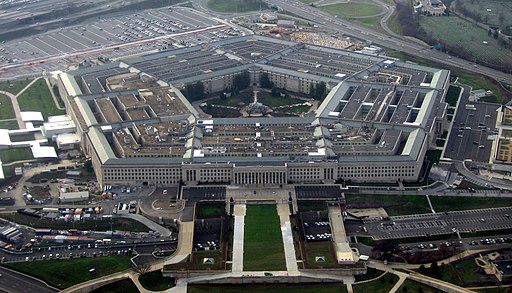In response to recent attacks injuring 21 American service members in Iraq and Syria, U.S. military aircraft executed strikes against facilities in eastern Syria linked to Iranian-supported militant groups. These attacks were believed to be connected to rocket and drone assaults on U.S. troops in the region.
The action was taken under the direction of President Biden, targeting two facilities associated with Iran’s Islamic Revolutionary Guard Corps (IRGC) and its affiliates, as announced by Defense Secretary Lloyd Austin. This decision was driven by a series of attempts by Iranian-backed militias to attack U.S. personnel in both Iraq and Syria, starting from October 17.
Secretary Austin emphasized President Biden’s dedication to the safety of U.S. personnel and stated that these precision strikes were intended to convey a clear message: any threat to U.S. forces would not be tolerated.
These operations took place amid escalating tensions in the Middle East, largely due to the Israel-Hamas conflict and the recent terror attack on Israel by Hamas on October 7. The U.S. maintains that it does not seek additional conflicts but will act against further aggressions by Iran-backed entities.
The airstrikes were executed by two U.S. Air Force F-16 fighter aircraft, targeting two facilities near Abu Kamal, an eastern Syrian town close to the Iraq border. A senior U.S. military official detailed that these locations were associated with weapon and ammunition storage used by Iranian-aligned militias. There were no civilians present during the airstrikes, and the official remained uncertain about the presence of Iranians.
Highlighting the significance of the targeted locations, a senior U.S. defense official mentioned their direct implications on the capacity of the IRGC and its allies to continue destabilizing the region and targeting U.S. forces.
Linking Iran to these militant activities, the official commented on the evidence of Iran’s involvement in equipping, funding, and training these groups. The U.S. holds Iran directly accountable for these actions.
The same official further clarified that the American airstrikes were not in any way connected to the Israel-Hamas conflict and were solely for the protection of American troops.
The U.S. has strategically positioned two aircraft carriers, fighter squadrons, and air defense systems in the Middle East to deter potential aggression from Iran or Hezbollah.
In recent weeks, the Pentagon has attributed over 19 drone and rocket attacks on military bases in Iraq and Syria to Iranian-backed militant groups, resulting in 21 service member injuries. All injured personnel have returned to duty, except for an American civilian contractor who tragically died from a cardiac arrest during one of the attacks.
President Joe Biden has openly warned of retaliation if threats to U.S. troops persist.
Pentagon officials have echoed the President’s sentiments, with Brig. Gen. Pat Ryder, a Pentagon spokesman, emphasizing the U.S.’s inherent right to defense.
Defense Secretary Lloyd Austin expressed concern over potential escalation, especially in the context of the current Israel-Hamas war. The U.S. aims to prevent this conflict from magnifying into a larger-scale war in the Middle East, a sentiment shared by Secretary of State Antony Blinken during a U.N.


